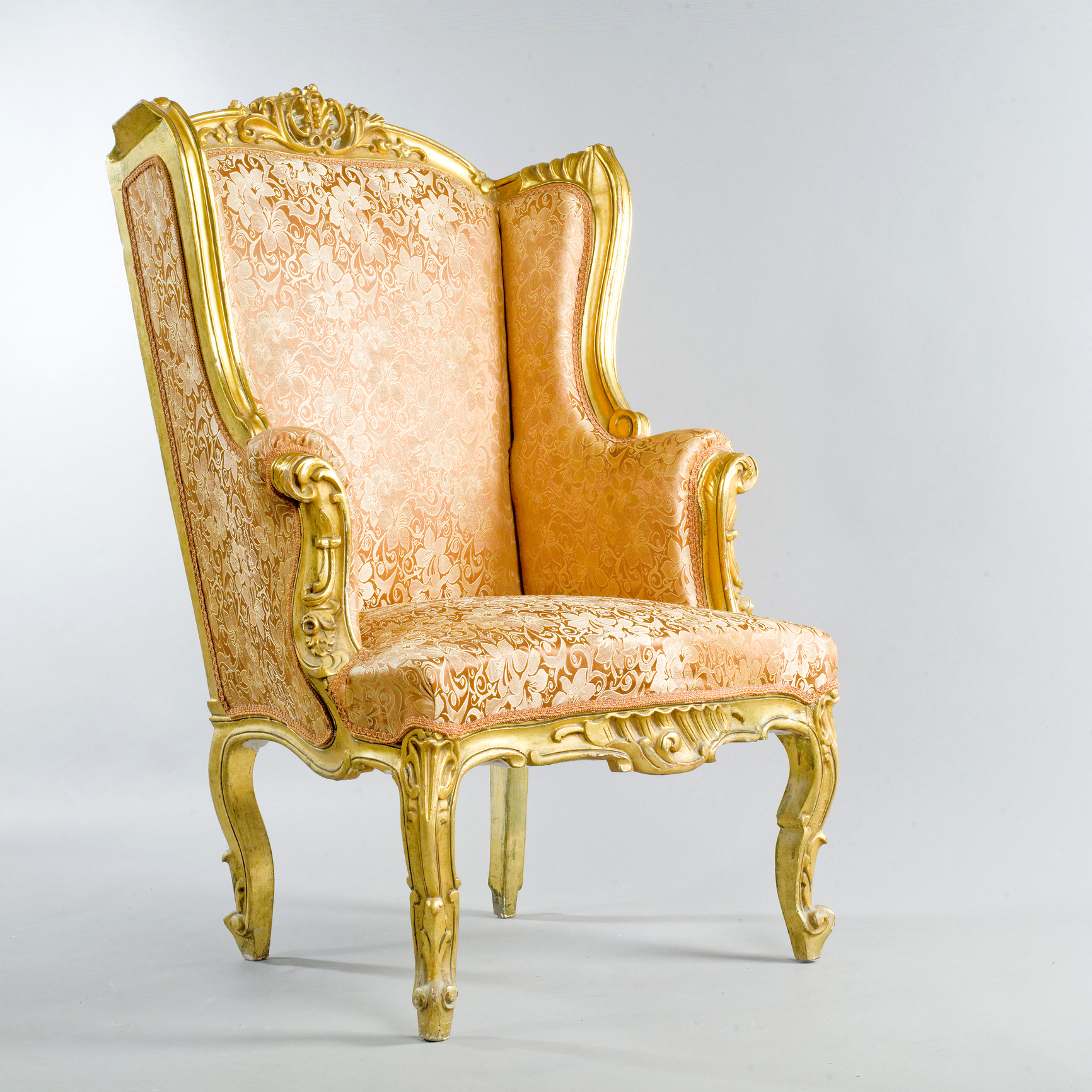- Home
- Learn About Antique Furniture and Reproductions
- Resources
- Differences between Victorian and Edwardian furniture
Differences between Victorian and Edwardian furniture

You might think that Victorian and Edwardian furniture would be rather similar since the two styles are so close together in a chronological sense. However, there are some major differences between the two styles, from the types of wood each is built from to the amount of upholstery that each uses. Let’s take a deeper look at the differences between Victorian furniture and Edwardian furniture.
Victorian Era & Furniture
The Victorian era refers to the period when Queen Victoria reigned in England, which lasted from 1837 to 1901. The Victorian era saw the rise and wealth of the middle class and the start of the Industrial Revolution, which meant that nice furniture became mass-produced and more accessible to the general public instead of being individually carved by hand for those with a large amount of wealth and status. Victorian furniture is dark, heavy, and ornate. It was designed from dark-colored woods like mahogany, rosewood, and walnut, believing that “more is more,” so each piece is large and features lots of intricate carvings and designs, from nature motifs (like flowers, leaves, and vines) to cabriole legs.
In general, the Victorian style has a cluttered look, which is exactly what middle-class families would have wanted their parlors and living rooms to look like to assert their wealth and status. Victorian furniture also features a lot of heavy upholstery fabrics in dark colors, which lends to that cluttered look; think velvet, damask, etc. Additionally, seats needed to be large enough to accommodate the large, voluminous skirts that women wore. Despite being almost instantly recognizable when seen, the Victorian style is eclectic, meaning that it borrows inspiration from a variety of historical periods and influences. Some of these inspirations include Rococo, Neoclassical, and Gothic styles.
The Victorian era ended with the death of Queen Victoria in 1901, which is when her eldest son, Edward VII, rose to power. During the Edwardian era, we’ll see a move away from the dark, cluttered look that the Victorian era was known for.
Edwardian Era & Furniture
The Edwardian era coincides with King Edward VII’s reign, which lasted from 1901 to 1910. This period happens to be the last historical period in England’s history named after the monarch in power.
While the Victorian period saw furniture begin to be mass-produced, the Edwardian era saw an evolution in terms of style when it came to the pieces being produced. Like Victorian furniture, Edwardian furniture was also made for the middle class, but instead of being quite large in scale, pieces were smaller to be more practical and movable from one room to the next. Furniture in this style was also easier to mass-produce than larger, more ornate pieces, so it was practical in those terms as well. Victorian furniture was fanciful and abundant, but the turn toward practicality in the Edwardian era meant that a family could have less furniture in one room without being looked down upon.
Often, the Edwardian furniture designs were simple and light in terms of color and ornamentation. They didn’t feature much upholstery at all, but the pieces of furniture that did have upholstery were decorated in light-colored, floral patterns. Like the Victorian style, the Edwardian style is very eclectic, meaning that it borrows inspiration from a lot of different historical periods. Its main inspiration was probably art nouveau, though evidence of the Rococo and Neoclassical styles can also be seen. Though many pieces of Edwardian furniture were made out of mahogany, even lighter materials like bamboo and wicker began to be used during this period as well. Additionally, as women’s fashions changed from large, voluminous skirts to slimmer styles, seats didn’t have to be as large anymore, which lent to the feeling of “less is more” that the Edwardian era is known for. You can identify Edwardian furniture by looking for inlays, lighter woods, floral designs, clean/simple lines, and ease of transportation.
Comparison
Victorian furniture and Edwardian furniture have quite a few similarities: they both rely on inspiration from the past to curate their styles. They both use nature motifs, and the curves in their designs are often very similar. However, you’re able to tell the difference between the two styles simply by walking into the room. The Victorian era produced furniture that was big, bulky, dark, and intimidating; the Edwardian era, on the other hand, produced furniture that was light, airy, portable, and practical.









